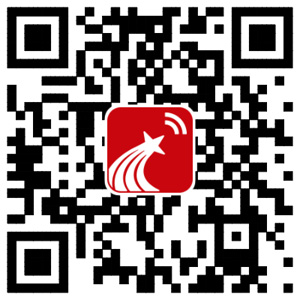摘要:
Bullous pemphigoid (BP) is a subepidermal autoimmune blistering disease characterized by erythema, tense blisters, pruritus, and pain. The pathogenesis of BP involves antibodies targeting structural proteins at the dermal-epidermal junction. Prior studies have identified IL-17 as a potential therapeutic target in BP. We hypothesize IL-17 blockade with ixekizumab, an IL-17 A inhibitor, may have a targeted, disease-modifying effect on BP. We conducted a single-center, exploratory, open-label, single-arm pilot study using ixekizumab treatment for 12 weeks. Treatment response was assessed by new blister formation, Bullous Pemphigoid Disease Area Index (BPDAI), and use of prednisone rescue. A total of 4 patients were recruited, with 3 withdrawing during the treatment phase with worsening disease. All 3 withdrawn patients required oral prednisone rescue therapy. One patient completed the study with a 60% improvement in blister/erosion BPDAI on ixekizumab and rescue oral prednisone. RNA levels in baseline disease tissue and control samples were analyzed using a NanoString® panel of 249 inflammatory genes. Cytokine analysis was performed on serum and blister fluid for interleukin (IL)-1b, -2, -4, -5, -6, -12p70, -17a, -18, -21, -22. Array-based ELISAs were used for transforming growth factor beta (TGF-β) and matrix-metalloprotease-2 (MMP-2), MMP-9, and MMP-13 expression. There were 24 statistically significant differentially expressed genes (DEGs) identified. Type I and II IFNs as well as the Th2 chemokine CCL13 were upregulated in BP. Serum pre-treatment IL-17 A was elevated in 1 patient and was no longer detectable after week 12. Cytokine analysis demonstrated elevated serum IFN-γ, MMP-13, and Th2 cytokines in BP patients after receiving ixekizumab relative to pre-treatment levels, with a decrease in MMP-2. Our clinical data, RNA, and cytokine analysis suggest that IL-17 A inhibition with ixekizumab may not target the critical pathways in BP and support Typ
 Springer期刊
详细信息
Springer期刊
详细信息
 中国学术期刊网络出版...
详细信息
中国学术期刊网络出版...
详细信息

